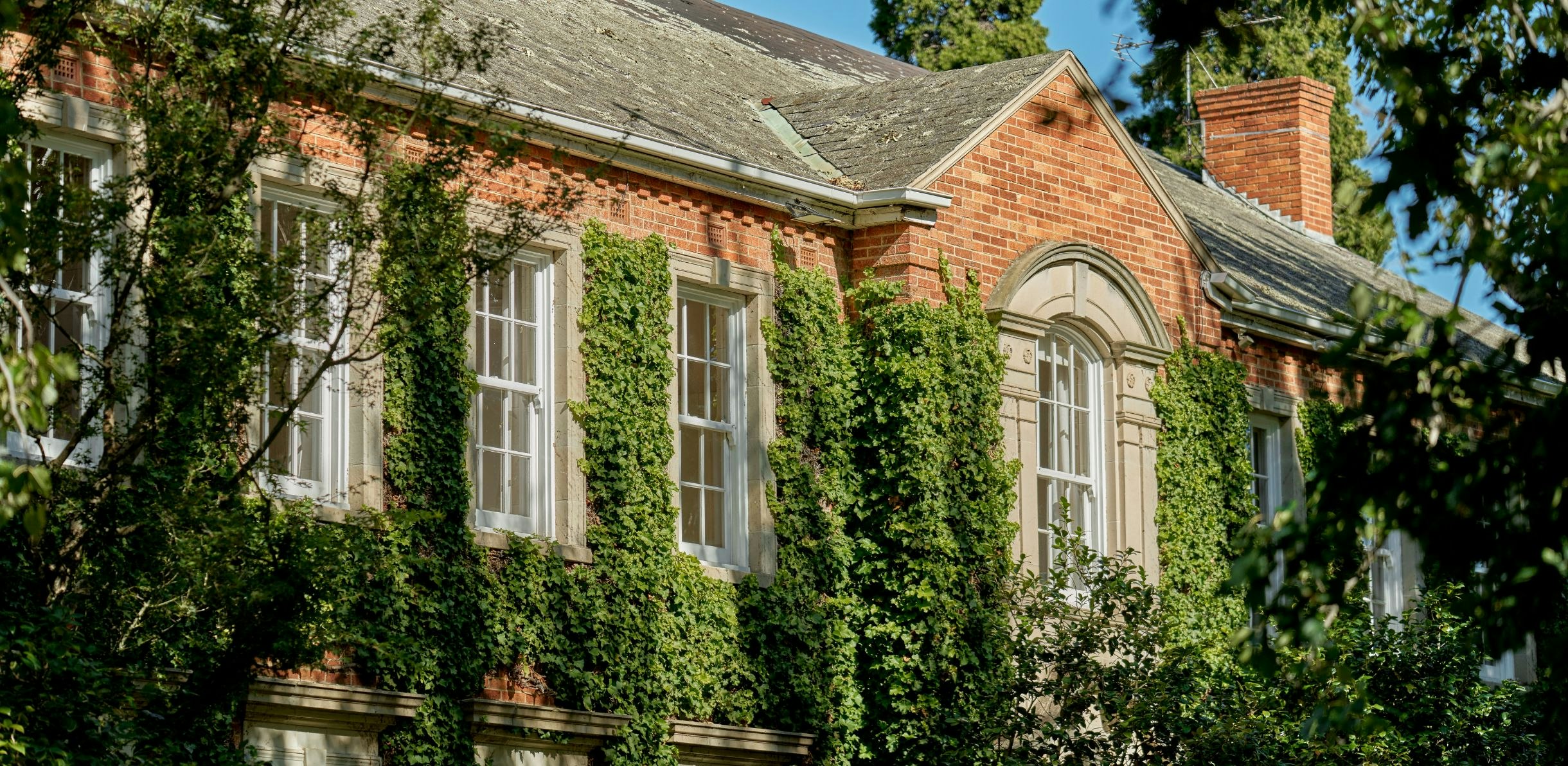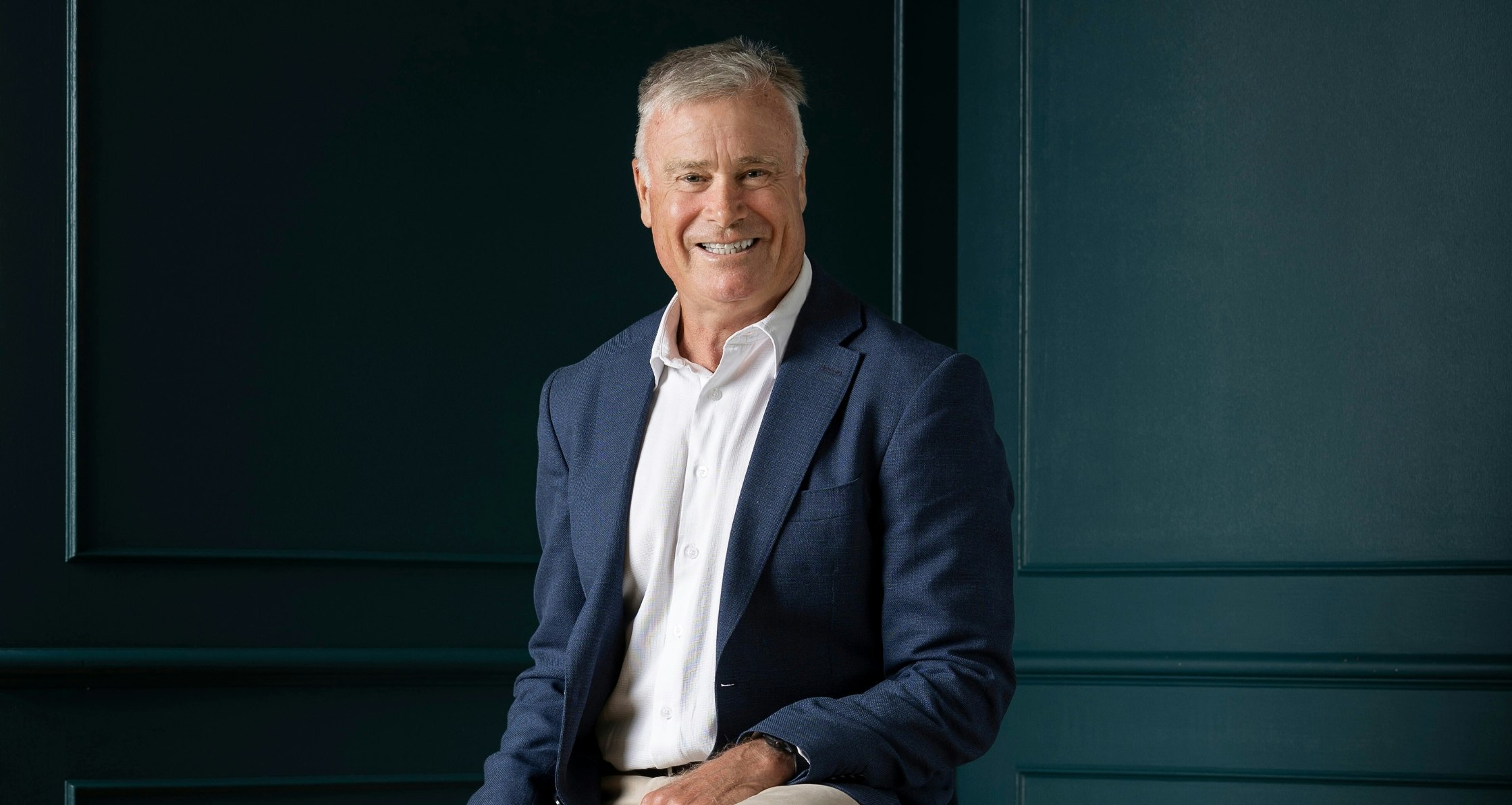As we look ahead to the next decade of Australia's real estate market, we can expect to see a range of patterns, demographic shifts, and policy changes that will shape the way we live and work. The future may not be entirely different from the present, but it will certainly bring its own unique challenges and opportunities.
One of the key drivers of change in the coming years will be the Millennial generation, who are now entering their prime home-buying years. As they seek out larger living spaces in suburban areas, we may see a shift away from the compact city dwellings that have been popular in recent years. This move towards suburbia is likely to free up housing stock in urban areas, as Baby Boomers look to downsize and potentially move to regional or coastal towns.
At the same time, policymakers are becoming increasingly focused on the need to boost housing supply, with state governments taking a more active role in urban development. This could lead to denser housing developments in middle suburbs, as planners and developers seek to balance the need for growth with the desire to maintain community character. The Victorian and New South Wales governments, for instance, have introduced initiatives to increase housing density in these areas.
Of course, the future is not without its uncertainties. The global economy faces the prospect of a slowdown, and the shifting investment priorities of an ageing population. However, there are also reasons for optimism, with advancements in artificial intelligence promising to boost productivity and drive innovation. AI and other technological advancements are expected to transform the real estate industry, enhancing efficiency and creating new opportunities.
Into the future, it's clear that entertainment and leisure will continue to be important parts of our lives. However, the way we consume information is likely to change, with a greater emphasis on trusted sources and curated content. While self-driving cars may not yet be the norm, the groundwork for this technological revolution will undoubtedly be laid in the coming years, influencing suburban growth and property values.
Perhaps most importantly, the next decade is likely to bring gradual improvements in housing affordability, which is expected to improve gradually through a combination of policy changes, demographic shifts, and housing innovations. Policymakers and industry leaders will need to collaborate to balance the needs of a growing population with the imperatives of sustainable development and social equity.
Balancing growth with sustainability will be a key challenge. The need for sustainable development practices is becoming more pressing as the impacts of climate change become more apparent. Energy-efficient buildings, sustainable materials, and green spaces will be essential components of future developments. Ensuring these advancements are accessible to all Australians will require equitable policies that address the diverse needs of the population.
Ultimately, the Australia of 2034 may not be a radical departure from the present day. While change is inevitable, the fundamental human needs and desires that shape our cities and communities are likely to remain largely the same. The key challenge for all of us will be to navigate these changes in a way that creates a future that is both prosperous and sustainable, for ourselves and for generations to come.




